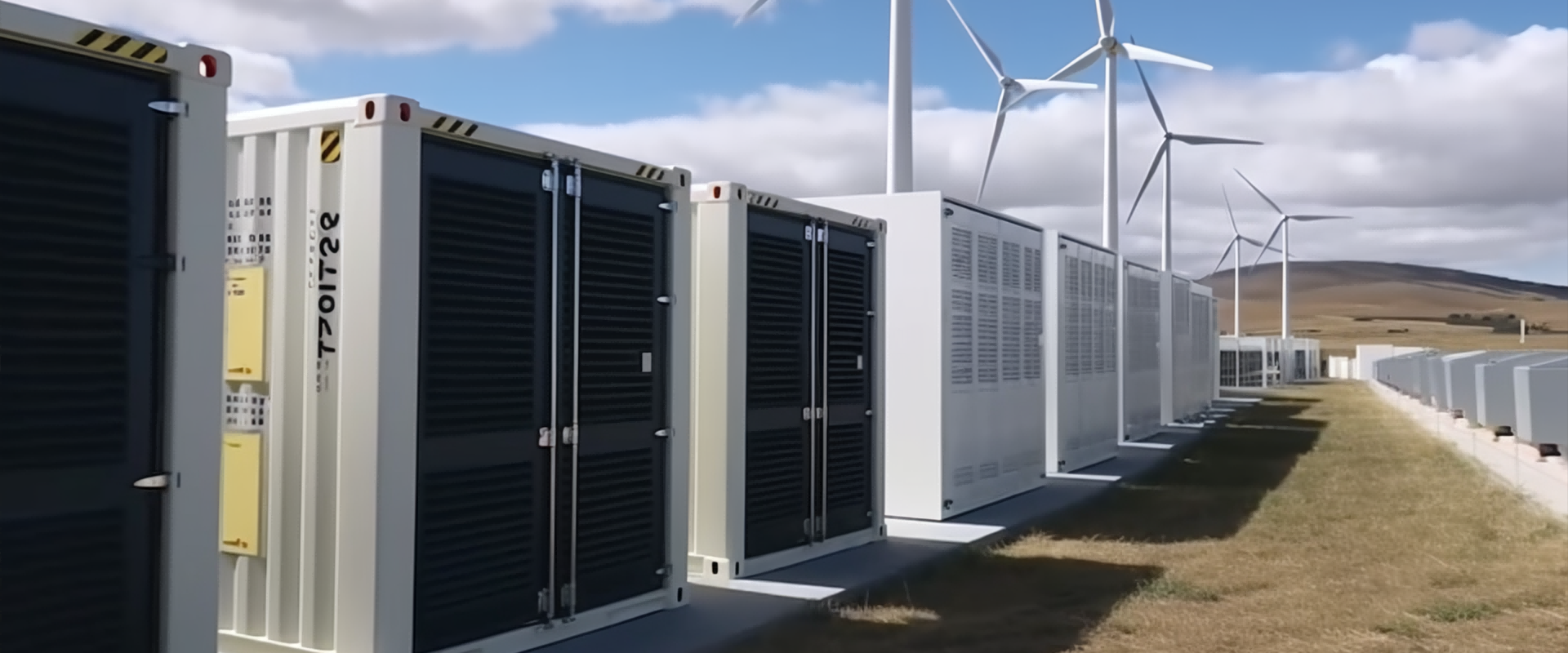
Jan . 17, 2024 15:09 Back to list
C&I energy storage has become the fastest-growing sector of the energy storage industry
If we compare the booming energy storage industry to a crown on the new energy track, then industrial and commercial energy storage can be considered the jewel in that crown. In China, the growth potential and market opportunities for industrial and commercial energy storage far surpass those of large storage and home energy storage.
Industrial and commercial energy storage has become the fastest-growing sector of the energy storage industry, thanks to the widening peak-to-valley price differences across China, which has led to a decrease in the cost of lifepo4 batteries. As a result, the Internal Rate of Return (IRR) for industrial and commercial energy storage has steadily increased, making it an economically viable option.
When it comes to system control requirements, industrial and commercial energy storage differs significantly from other types of energy storage. For instance, the focus in industrial and commercial energy storage is on cost and the number of charge and discharge cycles, rather than response speed. Therefore, energy-type batteries, which are more durable and have a lower rate requirement, are preferred over power-type batteries that participate in power auxiliary services.
The management finesse for industrial and commercial energy storage battery systems does not require complex hierarchical strategies, and some Power Conversion Systems (PCS) even have built-in Battery Management System (BMS) functionalities. The PCS in industrial and commercial energy storage is much simpler than that in large-scale energy storage and is easier to integrate with the battery system. It is also better suited for series-parallel connection requirements and has strong adaptability and coupling to distributed photovoltaic inverters.
Revenue sources for industrial and commercial energy storage are diverse. While new energy distribution and storage mainly rely on grid connection and reducing curtailment, industrial and commercial energy storage can generate income through various means such as capacity leasing, power auxiliary services, peak-valley difference arbitrage, and capacity compensation. The value of industrial and commercial energy storage is thus multi-dimensional.

Industrial and commercial energy storage has seen a significant surge in demand due to positive stimuli, including the advancement of time-of-use electricity price policies and the widening peak-to-valley price difference. To meet the soaring electricity costs brought by high-temperature power cuts and profit-loss electricity price sharing, the demand for distributed photovoltaic and industrial and commercial energy storage has only increased.
Furthermore, the recent adjustments in time-of-use electricity prices have further optimized the division of peak hours. For example, in Sichuan, morning peak hours have been increased to two, allowing industrial and commercial energy storage to achieve double charging and discharging, thus improving the economics of energy storage investment.
Industrial and commercial energy storage has a wide range of application scenarios, making it more versatile compared to large-scale storage. It can be used in industrial plants, commercial buildings, parks, data centers, base stations, electric vehicle (EV) charging stations, and mining areas/oil fields. With the increasing proportion of EV charging stations in social electricity consumption, the demand for energy storage configuration in these stations is also rising. By 2030, the proportion of electric vehicle public charging in social electricity consumption is expected to increase 24 times, reaching 4%. The scale of energy storage for charging stations in China is projected to reach 23GW by 2025, with an investment scale of nearly 100 billion RMB. By 2030, these figures will increase to 243GW and more than 870 billion RMB, respectively. The Compound Annual Growth Rate (CAGR) from 2023 to 2030 is estimated to be 64%. Therefore, solar storage charging is expected to become a standard configuration for charging stations, contributing to the trillion-dollar market potential of industrial and commercial energy storage.
Will be removed if infringing
Reference website:https://www.tycorun.com
-
Stackable Battery System: Revolutionizing C&I Energy Storage with Suzhou ACDC
NewsJul.21,2025
-
Revolutionizing EV Charging with Suzhou DC Quick Charging Stations Solutions
NewsJul.21,2025
-
Revolutionize Your Power Needs with Suzhou ACDC's Portable Power Station Solutions
NewsJul.21,2025
-
Outdoor Integrated Temperature Control Cabinet: Elevating Energy Storage Cabinet Efficiency
NewsJul.21,2025
-
Container Type Energy Storage System: Revolutionizing Energy Storage with Stackable Battery Solutions
NewsJul.21,2025
-
Advanced Self-Cooling Energy Storage Cabinet Solutions
NewsJul.21,2025























